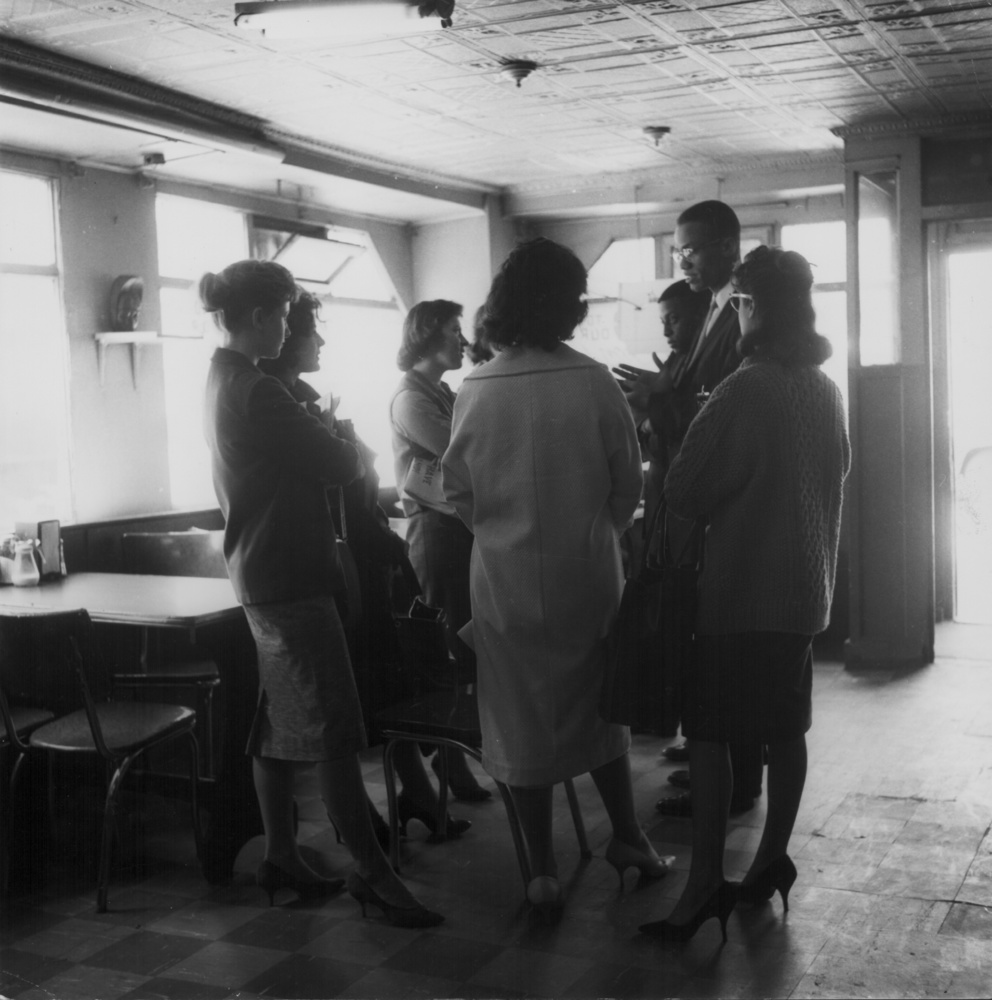Getty Images has announced the launch of the Black History & Culture Collection (BHCC), which consists of over 30,000 historical images of the African/Black Diaspora that are free for non-commercial usage.
On the homepage of the collection, Getty Images acknowledges that photography archives have been grounded in white supremacy and that the history of the Black experience in America has often been seen through the eyes of white journalists. By making this collection available to all content creators, Getty Images is allowing new voices to highlight untold stories from the past.

Malcolm X (1925 - 1965) giving a press conference at the offices of the Group on Advanced Leadership (GOAL) in Detroit, Michigan, 12th April 1964. (Photo by Bettmann/UPI/Getty Images)
I was curious about the quality of imagery I would find in the collection, so I searched for photographs of my idol, Malcolm X. I was pleased to discover quite a large number of images, including some that I had not seen before. In just a few minutes, I was able to assemble several photographs that, together, help show the complexity of Malcolm. One image shows Malcolm speaking with a slight smile on his face. This photograph presents him as a public figure but doesn’t portray him as an angry hate monger, as he was often mislabeled.

ROCHESTER, NY - FEBRUARY 16: Former Nation Of Islam leader El-Hajj Malik El-Shabazz (aka Malcolm X and Malcolm Little) poses for a portrait on February 16, 1965, in Rochester, New York. (Photo by Michael Ochs Archives/Getty Images)
I also downloaded an iconic studio portrait of Malcolm from his later years. Typically, a unique photograph like this commands higher usage fees from Getty Images. This photograph, however, can now be used non-commercially at no cost.

African-American Muslim minister and civil rights activist Malcolm X (1925 - 1965, left), deconstructing the term 'negro' during a sermon at Temple 7 in Harlem, New York City, August 1963. (Photo by Richard Saunders/Pictorial Parade/Archive Photos/Getty Images)
Another remarkable image shows Malcolm teaching inside Temple #7 in Harlem from his time as a spokesperson for the Nation of Islam. His lesson about the origins of the term “Negro” is visible on a chalkboard at his side.

Human rights activist Malcolm X talking to a group of students in Harlem, New York, circa 1960-1965. (Photo by Lloyd Yearwood/Three Lions/Getty Images)
Finally, I downloaded a photograph of Malcolm talking to a group of women inside the NOI restaurant in Harlem. It is a candid, taken from a distance, that shows an intimate moment between Malcolm and his followers.
It will be interesting to see how creators and educators utilize these images in the months and years to come.







This is a great step in the right direction. African-Americans, for the greater part of American history, have been portrayed in extremely negative light. As someone born in the south, photography has unfortunately done much damage to people like me and the generations that proceeded me. People underestimate the power of being repeatedly shown negative images, how it subtly and not so subtly influences how they perceive not just their fellow Americans but humanity as a whole. What Getty has done here is VERY exciting and I hope people on this site who obviously love photography will explore a different perspective.
Unfortunately, the rules of street photography have changed so much that we'll miss getting this kind of social history...until the pendulum swings back.